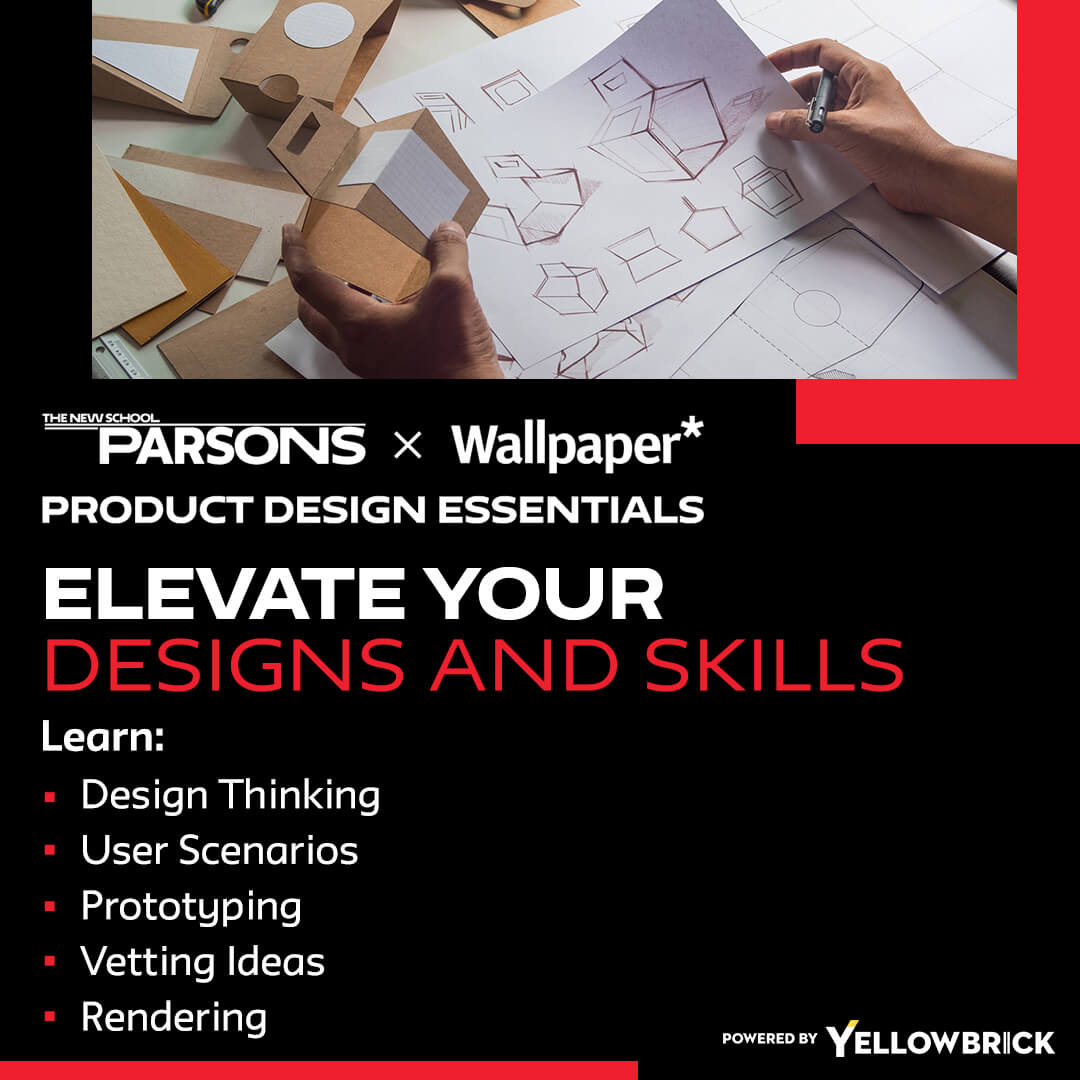In today’s digital-first world, cloud technology has revolutionized the way software products are built, deployed, and experienced. Cloud product design is no longer a niche focus—it’s a central pillar of innovation and growth for tech companies and digital businesses worldwide.
As organizations continue to shift toward scalable, on-demand solutions, product designers must adapt to new paradigms shaped by the cloud. This article explores key trends driving cloud product design and the best practices to ensure success in this evolving space.
What Is Cloud Product Design?
Cloud product design refers to the process of designing software products that are delivered and accessed through cloud infrastructure. These products range from SaaS applications and collaboration tools to storage solutions and enterprise platforms. The key considerations include scalability, performance, security, and seamless user experiences across devices and geographies.
Key Trends in Cloud Product Design
Cloud technology is shaping how we build and interact with digital products. Here are some of the most important trends influencing modern cloud product design:
- Scalability by Design: Cloud products must scale effortlessly with user demand. Designers are increasingly adopting modular UI systems and component-based frameworks that can support flexible growth and dynamic content delivery.
- Remote Collaboration Tools: With hybrid and remote work becoming the norm, cloud-based tools for real-time collaboration (like Figma, Miro, or Notion) are influencing how products are both designed and experienced. Multi-user functionality, version control, and live updates are essential features.
- API-First and Microservices Architecture: Many modern cloud products are built on microservices and API-first architecture. This means designers must consider how different components and services interact, and how the UI accommodates complex backend functions in a simple, intuitive way.
- Responsive and Cross-Platform Experiences: Cloud products are accessed via desktops, tablets, and smartphones. Design must be responsive and consistent, with an emphasis on usability across multiple devices and screen sizes.
- Security and Privacy as UX Priorities: With cloud-based data comes a growing concern for security. Modern UI design must make security features (like 2FA, permissions, and data encryption) accessible and user-friendly without sacrificing trust or compliance.
- Data-Driven Interfaces: Cloud products often leverage real-time analytics and AI. Interfaces must be designed to present complex data clearly, enabling users to make informed decisions with dashboards, visualizations, and smart notifications.
Best Practices for Cloud Product Design
To ensure your cloud product delivers exceptional value and user experience, consider the following best practices during the design process:
- Prioritize the Onboarding Experience: Because cloud products are often self-service, onboarding must be seamless. Provide interactive tutorials, guided tours, and contextual help to reduce friction and boost user engagement from the start.
- Design for Downtime and Offline Modes: Even cloud products can face outages or connectivity issues. Incorporate thoughtful error states, offline modes, and autosave features to maintain usability under less-than-ideal conditions.
- Build for Iteration and Feedback: Use tools that support live updates and remote testing. Gather feedback regularly from users and use A/B testing to refine interfaces, performance, and usability.
- Embrace Accessibility Standards: Design with inclusivity in mind by following WCAG guidelines. Accessible design enhances usability for all users and ensures compliance with global standards.
- Collaborate Across Disciplines: Cloud product design thrives on collaboration between designers, developers, DevOps, and product managers. Align early and often to avoid silos and create a unified user experience.
- Monitor Performance and UX Metrics: Use real-time analytics to monitor how users interact with your cloud product. Pay attention to load times, feature adoption, and churn rates to optimize design decisions.
Final Thoughts
Cloud product design is more than just adapting traditional software to a web-based environment—it’s about creating agile, scalable, and user-centered experiences that leverage the power of the cloud. By staying ahead of trends and adhering to best practices, designers can create cloud products that not only meet user expectations but exceed them in a rapidly evolving digital ecosystem.
Key Takeaways:
- Cloud product design focuses on creating scalable, secure, and user-friendly digital experiences delivered via cloud infrastructure.
- Modern trends include modular and scalable UI, remote collaboration features, API-first development, and responsive cross-platform design.
- Designers must account for data-driven interfaces, making analytics, notifications, and dashboards clear and actionable.
- Security and privacy are now essential parts of UX, with features like 2FA and permissions requiring thoughtful design.
- Best practices include prioritizing onboarding, planning for downtime, and gathering continuous feedback for iterative improvements.
- Accessibility and cross-functional collaboration are critical to ensuring inclusive and effective cloud products.
- Monitoring UX performance through real-time data helps refine designs and deliver long-term product value.
As you navigate your journey in UI design, consider enhancing your skills and knowledge with the Parsons Product Design Essentials online course and certificate program offered by Yellowbrick. Equip yourself with the expertise needed to excel in the fast-paced world of digital product design and unlock new opportunities in the field.








